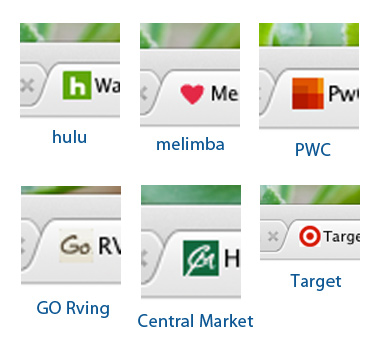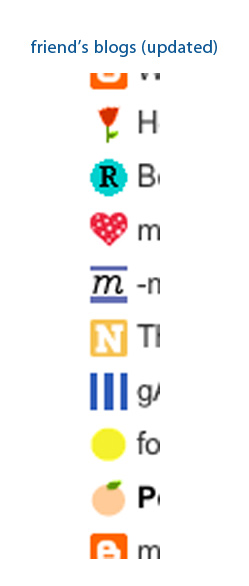As a digital strategist who has spent a substantial amount of time in the experiential/event marketing world, one of the opportunities that intrigue me most is how to drive consumers from physical environments to digital platforms to create seamless experiences. A great example of this offline-to-online transition is Las Vegas Convention and Visitors Authority’s limited-edition #WHHSH beer activation at Coachella, encouraging concert goers to interact with the #WHHSH hashtag on social media. Our tools for this type of activation have typically included URLs and the dreaded QR code. As digital sensors better mimic our physical senses, we move closer to a seamless physical-to-digital experience.
Recently, I have seen national use of a technology that I’m stoked about for this purpose: sound recognition. More specifically, Shazam. The first was Coke Zero’s promotion with ESPN GameDay in which you could use Shazam to get a free Coke Zero after tagging the commercial. The second execution, a recent Target commercial, suggested one tag it with Shazam to “begin shopping.” However, this wasn’t the first Target ad to use the app, and several other brands have used the technology including Starbucks, Jaguar and Honda.
The benefits of sound recognition to drive online awareness include:
- The sound in brand ads is inherently unique.
- The user is not required to type in a URL.
- Reinforces “sound branding,” like the sound of pouring a Coca-Cola or a revving Harley-Davidson engine.
- Tag management in Shazam allows the user to visit the experience at their convenience.
While there are some criticisms of the market’s continued interest in Shazam and the user experience, for example, attempting to tag a TV commercial in 30 seconds, I believe that brands should continue to explore the use of sound recognition as a driver to online properties. As brands explore these opportunities, here are some uses that come to mind:
- Distributing promotional codes/offer to an event audience (i.e., giving out a free song track at a concert)
- Driving tablet second-screen TV viewers to product websites
- Hiding audio “Easter eggs” within media content (e.g., movies, TV shows, branded video content)
Shazam has also recently added visual recognition to their functionality. If a user sees the app’s camera logo, he or she can unlock a deeper experience by pointing the camera at the image and tapping the Shazam app button. Now a brand’s ad itself or logo becomes the QR code.
As visual and sound recognition are being perfected and driving a more interactive world, what is the next step? The sense of touch is already being prototyped and is in experimentation mode. A TED Talk, “Shape-shifting tech will change work as we know it,” shows how we’re starting to interact with the digital world in physical space. These advances, coupled with other advances, like augmented reality and iBeaons, are bringing us one step closer to a total sensory digital experience. As a digital geek, I am all-in for the next frontier of digital marketing, further leveraging our five senses—perhaps taste will be next!









